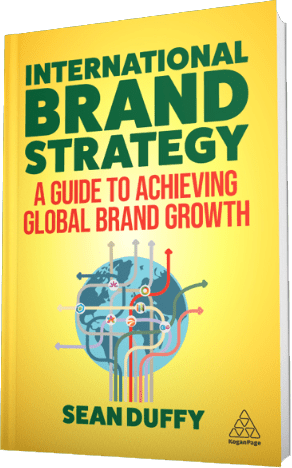Get Your Business to the Next Level Faster
Unconventional growth comes from a strategy that marshals the sum of your organization’s resources towards one objective. Our researchers, consultants, and subject matter experts take the time to understand your business, competitors, and buyers in every market you serve. That reveals opportunities around which we develop a customized Marketing Strategy, Brand Identity, and Communication Platform. This empowers our clients to focus and build a sustained competitive advantage faster.
We address the unique business challenges faced by international marketers
In theory, the internet allows all brands to market internationally. But in practice, very few mid-size brands have the bandwidth or expertise to succeed outside their home market. That’s because marketing internationally requires specialized skills, knowledge, and experience. Since 2001, we’ve been bridging this gap to fuel rapid growth for aspiring international brands across Europe, Asia, and the Americas. We act as a natural extension of your marketing department, supplementing it with additional resources and support to achieve faster growth. Contact us for an initial assessment.
Don’t outspend your competitors.
Outsmart them instead.
You have probably discovered that sales tactics and “performance marketing” can only take your business so far. To create a sustained competitive advantage, you need a Marketing Strategy and Brand Identity that addresses buyers’ needs, leverages your strengths, and exploits your competitors’ weaknesses. See our services to learn more.
Each of your markets is different.
But there is one key to succeeding in all of them.
Competitive advantage in any market begins with understanding buyers better than your competitors. We help you gain that insight and leverage it to create a stronger Value Proposition for your product and a more relevant Position for your brand in each and every market you serve. Our methodology is effective, repeatable, and scalable.
Is your brand ready for international travel?
Subscribe, and each month we’ll share new insights to grow your business over borders.






